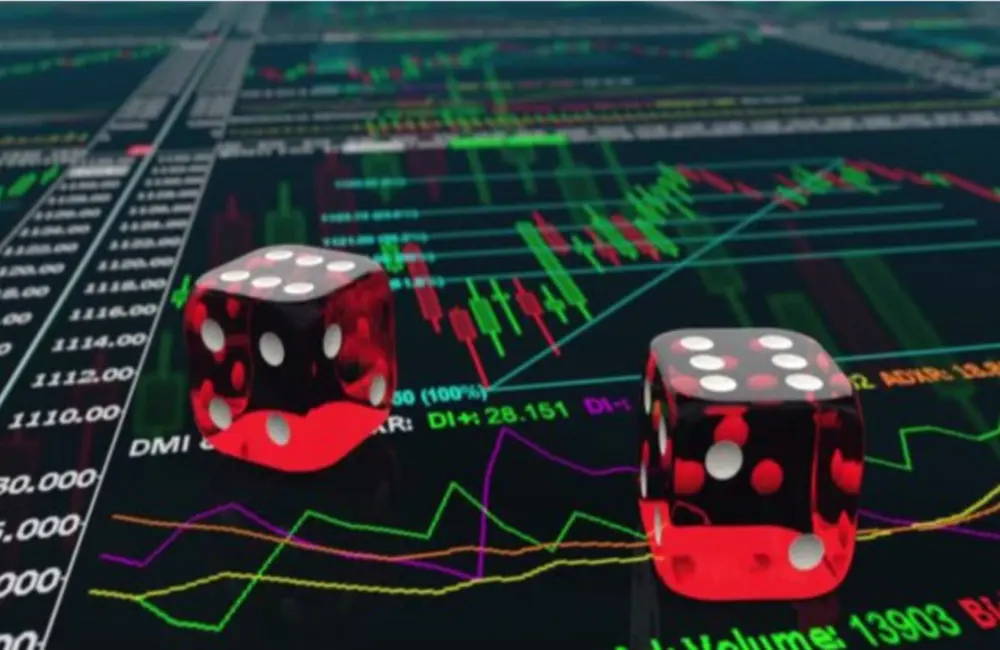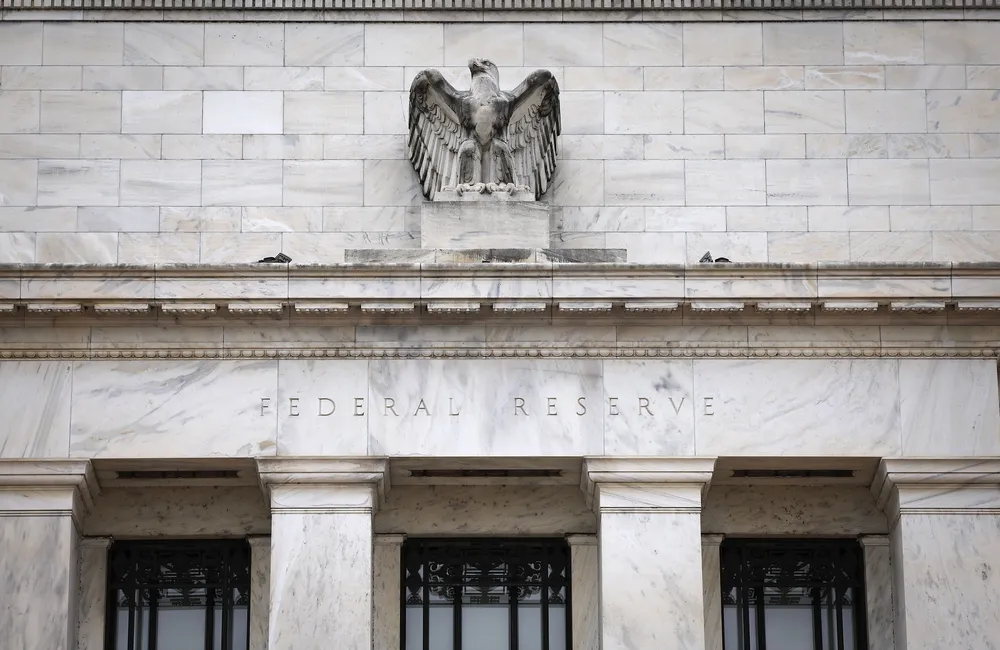ASX futures fell 49 points or 0.7% to 7006 at 8.00 am AEST, pointing to a poor start to trading.
The three main U.S. indexes fell for a third-straight week, extending their decline to start 2022, as investors fretted over expectations of higher interest rates and their impact on valuations.
The S&P 500 and Nasdaq Composite Index finished their worst weeks since March 2020; the Nasdaq has now dropped for four consecutive weeks. The Dow Jones Industrial Average concluded its worst week since October 2020.
All three indexes fell Friday to close out a four-day trading week shortened by a holiday. The S&P 500 declined 1.9%, and the Dow industrials dropped 1.3%. The Nasdaq was off 2.7%.
In local trade, the S&P/ASX 200 ended 2.3% lower at 7175.8, with all sectors in the red.
The materials sector was the largest decliner, finishing down 3.5%. Whitehaven fell 6.1% after it said it would probably produce less coal than previously forecast this fiscal year. Rio Tinto dropped 4.1% after it said it was reviewing a decision by Serbia’s government to revoke licenses for the mining company’s lithium project. BHP dropped 4.8% after it said shareholders have voted in favor of a plan to end its dual listing in London.
Energy fell 3% as Woodside gave up 2.4% after a record revenue for the Q4. Santos was down 2.6%.
The financial sector, a heavyweight in the context of the broader index, was down 1.8%, with the four big banks all falling between 0.6% and 1.6%. Z1P fell 7.8% after analysts raised the alarm on further delays to profitability.
The ASX 200 finished the week 3.0% lower, its largest weekly drop in almost 14 months.
Shares in the Asia-Pacific and Europe broadly fell on Friday. Some drugmakers in China soared after being picked to help produce cheaper copies of Merck’s Covid-19 pill. Demand surged 20 percent for BrightGene Bio-Medical Technology, and 14 percent for Viva Biotech. The pan-continental Stoxx Europe 600 sank 1.8 percent, and the Shanghai Composite Index in China and the Nikkei 225 in Japan dropped 0.9 percent.
In commodities, gold futures eased 0.6% to $US1834.10 an ounce; Brent crude dipped 0.5% to $US87.89; Iron ore also powered ahead, up 2.8% to US$137.40 a tonne.
Investors returned to long term bond markets after some haven selling with the yield on the Australian 10-year bond dipping to 1.91%, while US 10-year Treasury yields were also slightly lower at 1.76%. Yields fall when prices rise.
The Australian dollar was fetching 71.81 US cents at 8.00 am AEST from its previous close of 72.24. The WSJ Dollar Index, which measures the greenback against 16 other currencies, declined to 89.46.
Asia
Chinese stocks fell for a third day in a broad losses in the pharmaceutical sector despite some drug makers rising, though oil & gas companies also pressured the market. China drug makers Fosun Pharma gained 6.0% and BrightGene Bio-Medical soared 20% after the two companies signed a deal to make Merck's Covid-19 pill but Wuxi AppTec lost 3.0% while Shenzhen Mindray Bio-Medical fell 3.6%. PetroChina fell 4.3% and Sinopec gave up 1.4%, underperforming on recent advances as oil prices wobbled. But coal miners and liquor makers got up. Yankuang Energy rose 3.0%, while Wuliangye Yibin increased 1.9%. The Shanghai Composite Index fell 0.9%, the Shenzhen Composite Index slid 1.3% and the ChiNext Price Index slipped 1.0%.
Hong Kong’s Hang Seng Index fell 0.5%, after jumping Thursday, as Chinese tech shares and some financial shares fell. The local market’s near-term outlook remained relatively firm as Beijing loosens monetary policy in a bid to bolster a slowing economy, KGI Securities said, despite recent weakening on Wall Street. NetEase lost the most, down 5.4% while Alibaba Group fell 4.1%. HSBC Holdings lost 2.2%, China Life Insurance was down 0.8% and Ping An Insurance fell 1.1%. Country Garden Holdings fell 3.9% after the firm said it hopes to issue HK$3.90 billion worth of convertible bonds. Consumer-product firms add up, with China Resources Beer gaining 3.6% and ANTA Sports up 2.0%.
Japanese shares slipped, weighed down by declines in electronics and auto stocks after the Fed's tightening path remained a worry. Tokyo Electron Ltd. loses 6.2% and auto-parts maker Denso Corp. declines 4.0%. The Nikkei Stock Average which declines 0.9% to 27522.26. USD/JPY is at 113.80, down from 114.08 late Thursday Eastern. Investors are eyeing US economic data and how it could impact monetary policy. Prime Minister Fumio Kishida’s online meeting with President Biden later in the day will also be closely scrutinized. The yield on the 10-year Japanese government bond declines 1 basis point to 0.130%.
Europe
The European markets are suffering as geopolitical tensions continue to rise, with only a select few stocks, such as banks and food & drink companies, managing to remain in the black. The pan-European Stoxx 600 dropped 1.84%.
“The end of the week has been disappointing for European markets, with the FTSE 100 set for its first weekly decline since mid-December and the DAX slipping to a one-month low,” CMC Markets analyst Michael Hewson says. “Sentiment hasn’t been buoyed by growing worry that the situation on the Ukraine-Russia border may be taking a turn for the worse again after the US indicated it was weighing a withdrawal of diplomats’ family members from Ukraine.”
In London the FTSE 100 dropped 1.2% on Friday for a weekly fall of 0.65%.
North America
All three major U.S. indexes slide for a third straight week, extending their slump to open 2022, as investors fretted over the likelihood of higher interest rates and their impact on valuations.
The S&P 500 and the Nasdaq Composite Index had their worst weeks since March 2020; the Nasdaq has now fallen four weeks in a row. The Dow Jones Industrial Average ended the week on its worst performance since October 2020.
All three of the major indexes were lower on Friday, closing a four-day trading week shortened by a holiday. The S&P 500 dropped 1.9 percent, and the Dow industrials declined 1.3 percent. The Nasdaq was off 2.7%.
Beginning the year, investors reshuffled their portfolios out of riskier assets. The possible prospect of higher rates has been particularly hard on highflying tech stocks and shares of money-losing companies, pushing the Nasdaq into correction territory. In contrast, oil and government bond yields have increased in 2022.
Largely expect the Federal Reserve to raise interest rates this year several times to fight inflation, which has pressured stocks. Federal Reserve Chair Jerome Powell described rapid inflation last week as a “severe threat” to full economic recovery. Data showed consumer prices surged to nearly a four-decade high in December. Even after the hikes, interest rates will be low by historical standards, which investors hope will prop up markets.
“The Fed is saying, ‘All right, zero interest rates don’t make sense here, so we’re going to migrate back toward something more reasonable,” said Jonathan Golub, chief U.S. equity strategist and head of quantitative research at Credit Suisse. “They’re not really hikes, but a signal that a big rate of change is coming.”
Mr. Golub is bullish on equity markets overall, forecasting a year-end price target of 5200 points for the S&P 500, about 5.3% higher than the average target among Wall Street strategists.
Cryptocurrencies fell hard, bitcoin down about 8.1% to around $38,000, compared with its level 24 hours earlier. Ether fell 12%.
“Everything risk premium all the crypto, all the high leverage, all the growth names is getting hit, and what works right now is the opposite of that, quality stocks,” said Jerry Braakman, chief investment officer and president at First American Trust. He advises against buying the dip when it comes to tech stocks.
Higher yields will bring valuations of some tech stocks back down to earth and keep economically sensitive sectors of the market, such as utilities and real estate, attractive, said Aoifinn Devitt, chief investment officer at Moneta. “We are by no means getting to a yield that’s making equity markets look unattractive,” Ms. Devitt said.
Only the consumer staples sector in the S&P 500 ended the session in positive territory, gaining less than 0.1%. Clorox Co. increased $2.60, or 1.5%, to $178.60, Colgate-Palmolive Co. climbed $0.83, or 1%, to $83.67 and Procter & Gamble Co. rose $0.62, or 0.4%, to $162.62.
Stay-at home stocks have struggled recently. Shares of Netflix fell $110.75, or 22 percent, to $397.50 after the company said it was anticipating a slowdown in the number of subscribers. Peloton gained $2.84, or 12 percent, to $27.06, recovering some losses after the stock plunged nearly 24 percent on Thursday following reports that the connected-fitness company was suspending production. Its chief executive argued against the claims.
It would be difficult for companies like Netflix and Peloton to achieve the same level of growth in 2022 as they did when the pandemic began, Ms. Devitt said. Innovation will be the continued key for stay-at-home stocks in their struggle to drive higher, she said.
Investors are betting on quicker rate hikes, having pushed up inflation-linked bond yields—a barometer of financing costs. The yield on the benchmark 10-year Treasury note ticked lower to 1.747% Friday, the biggest one-day yield drop since Dec. 3. Russia and NATO tensions are also denting market sentiment, investors said.
“Geopolitical risk is one, repricing of [central bank] policy is one, and the inflation mix in terms of cost pressures is one. Combine all of that and there is actually really quite a shift,” said Georgina Taylor, a multi asset fund manager at Invesco. "Equity risk premia must be raised."
Oil prices fell Friday as well. Brent crude, the international price benchmark, slipped 0.55% to $87.89 a barrel, its biggest drop in nearly two weeks, after a surprise rise in US crude inventories, according to RBC Capital Markets analysts.

























